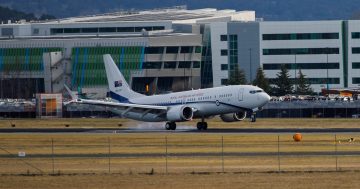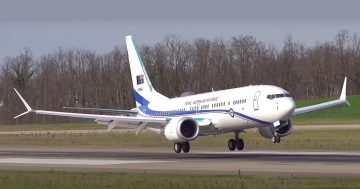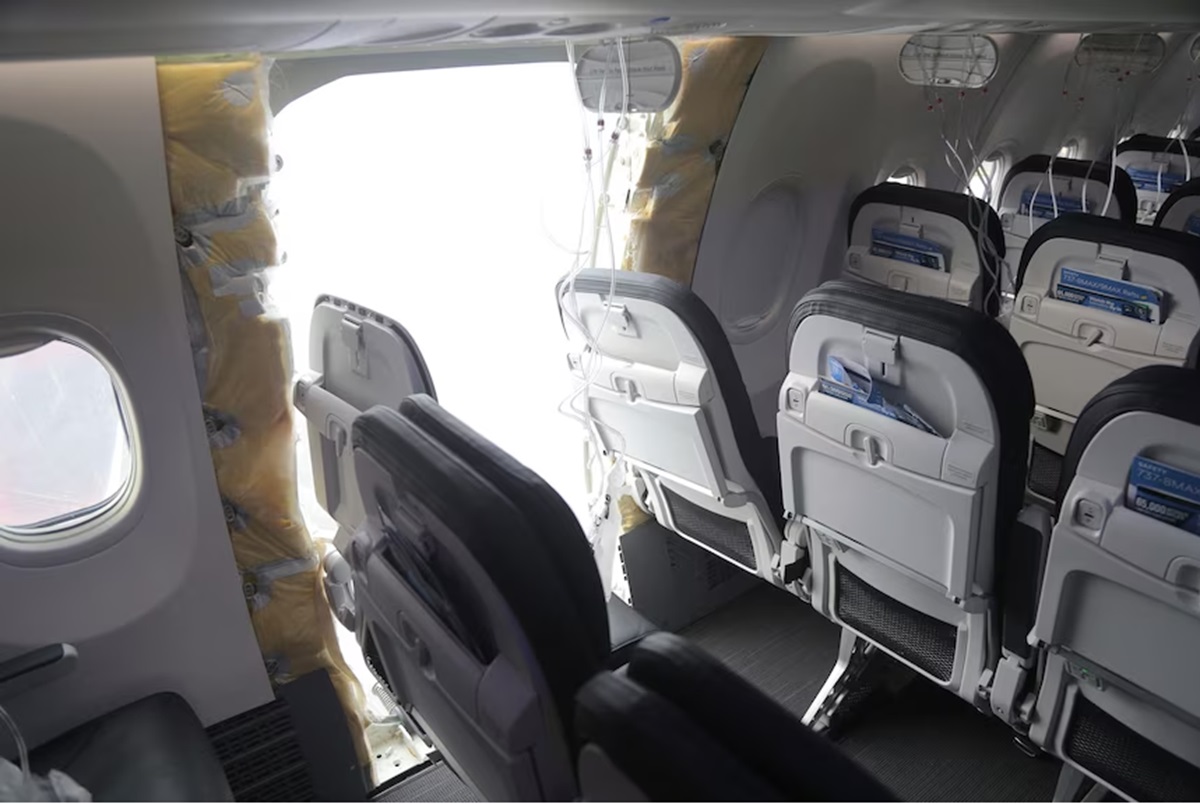
The Alaska Airlines 737 MAX-9 showing the hole where the unsecured door plug used to be. Photo: NTSB.
Aeroplane manufacturer Boeing has announced that Boeing Commercial Airplanes president and CEO Stan Deal has been replaced effective immediately and that chairman Larry Kellner and president and CEO Dave Calhoun will leave the company at the end of the year.
The senior management cleanout comes after a disastrous few years for the company. Major military and commercial programs have experienced production, engineering and safety issues, with ongoing troubles with the 737 MAX leading the headlines.
The 737 MAX had a disastrous entry into service in 2020.
Since then, two MAXs, flying with Ethiopian Airliners and Indonesia’s Lion Air, have been lost in accidents later attributed to increased flight control automation and inadequate training and documentation. All MAX aircraft have been subsequently grounded for nearly two years while the investigation is conducted and revised training documentation is issued.
More recently, in January, a fuselage plug on an Alaska Airlines Flight 1282 737 MAX-9 separated from an aircraft in flight. The plug was installed to fill a gap where a door or emergency escape would be fitted in MAX-9s equipped with higher-capacity cabin interiors. Alaska’s more spacious and lower-capacity cabin means the door is not required, so a fuselage plug with a window and a normal row of seats is installed instead.
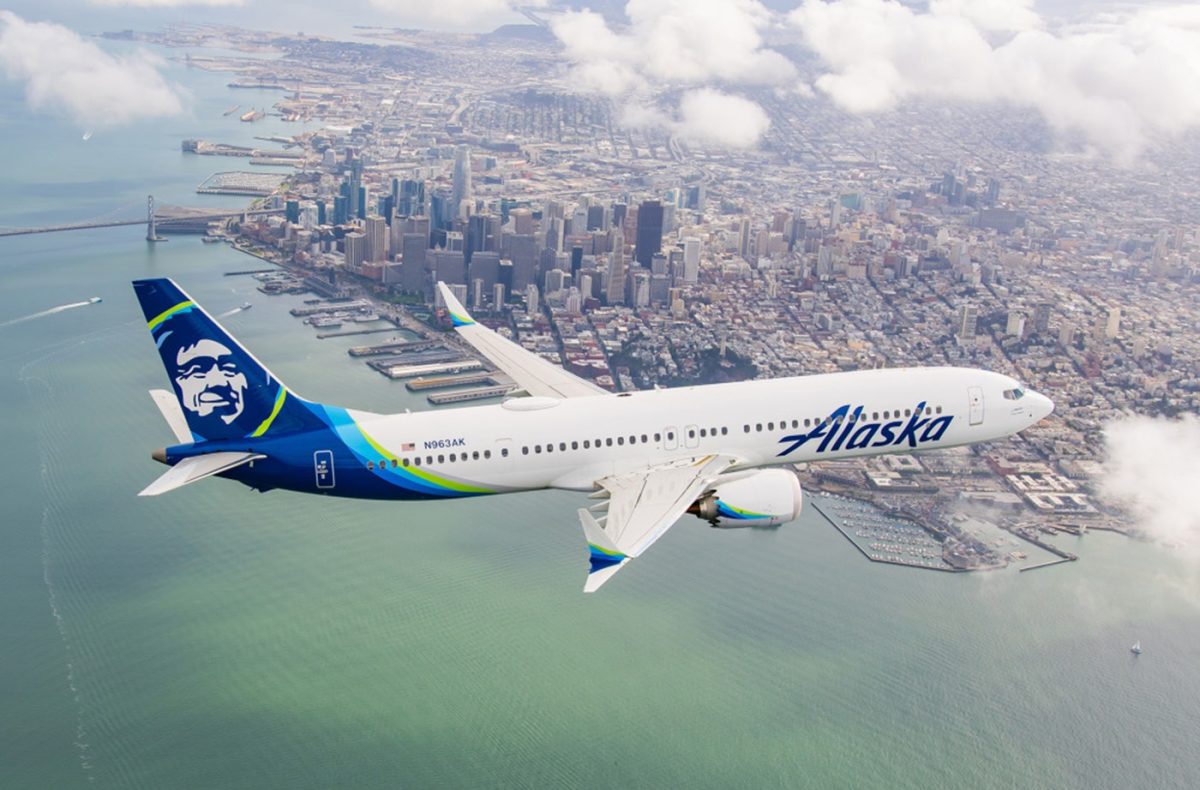
The door plug can be seen on the rear fuselage just forward of the aircraft’s registration. Photo: Alaska Airlines.
Subsequent investigations by the US National Transportation Safety Bureau (NTSB) found that four bolts required to secure the plug to the fuselage were not installed by the aircraft’s fuselage manufacturer, Spirit AeroSystems, and Boeing did not check the plug during the aircraft’s final assembly.
The 737 MAX followed the 737-600 to -900 ‘Next Generation’ or NG models of the 1990s and 2000s, the -300 to -500 ‘Classic’ models developed in the 1980s, and the original 737-100 and -200 series of the 1960s and 70s.
The fourth development iteration of the original 737, the MAX version, added new-generation engines, a revised nose landing gear, and additional automation of some of its flight control systems.
Separate from the MAX-9 issues, the slightly longer MAX-10 has also been delayed due to a design fault with the aircraft’s engine de-icing system, which will require further testing and certification before that model can enter service.
The advantage of developing new versions of in-service aircraft is that their existing airworthiness certifications can be ‘grandfathered’ to the new versions, allowing for shorter development and flight test programs and – in theory – faster entry-into-service (EIS).

The development of the 777X has also been delayed, despite also being an upgrade of an existing in-service model Photo: Boeing.
Other programs in trouble include the 777-X, which, despite first flying in 2020, won’t enter service until 2026. The 787 Dreamliner, which now is enjoying a generally successful in-service career, was drastically underdone when rolled out, resulting in years of delays, problems with the aircraft’s Lithium-Ion batteries, and ongoing reliability issues and spares shortages with its Rolls-Royce engines.
On the military side, Boeing’s new KC-46A Pegasus tanker – a development of the 1980s-designed 767-200 airliner/freighter – has had major engineering development issues resulting in delayed deliveries and increased costs, despite being sold to the US Air Force as a low-risk option because of its proven airliner heritage.
“As you all know, the Alaska Airlines Flight 1282 accident was a watershed moment for Boeing,” Mr Calhoun said in a letter to the company’s staff.
“We must continue to respond to this accident with humility and complete transparency. We also must inculcate a total commitment to safety and quality at every level of our company.
“It is the future of our company that is the subject of my letter to you today. I have been considering for some time, in discussion with our board of directors, the right time for a CEO transition at Boeing.
“I want to share with you that I have decided this will be my last year as CEO of our great company, and I have notified the board of that decision.”
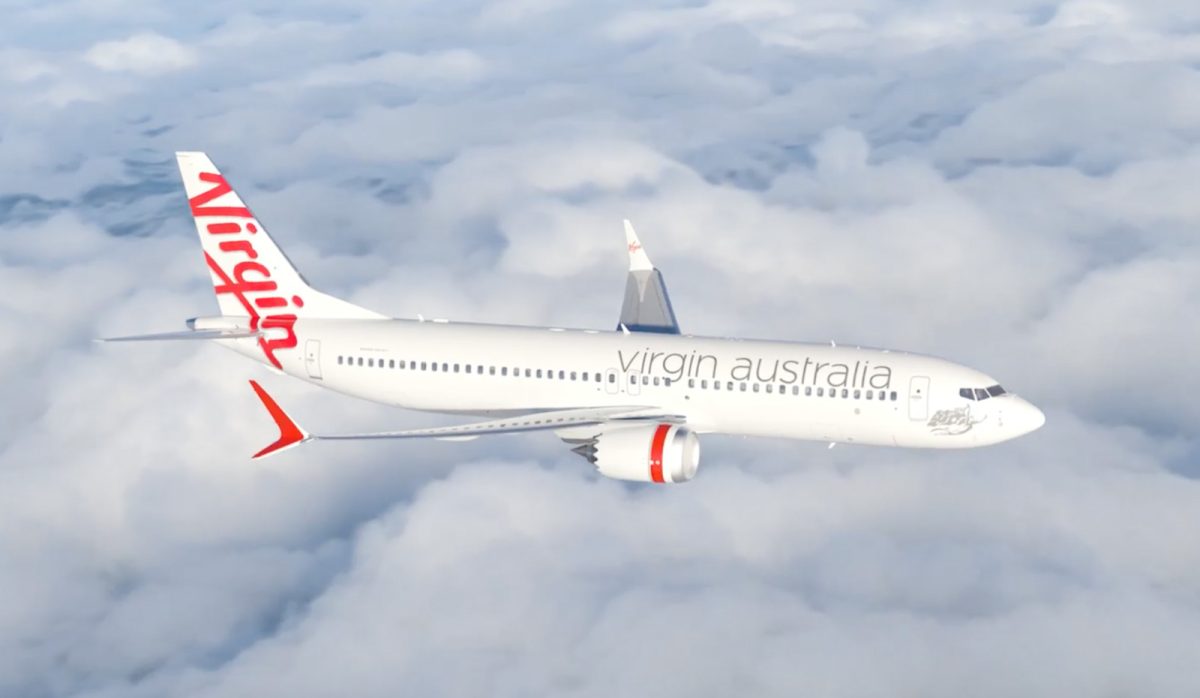
Virgin Australia is replacing its 737-800s with new 737 MAX-8s. Photo: Virgin Australia.
Mr Calhoun’s letter said that Steven Mollenkopf will replace Larry Kellner as chairman in May and that Stephanie Pope has replaced Stanley Deal as president and CEO of Boeing Commercial Airplanes, effective 24 March.
“As we begin this period of transition,” Mr Calhoun added, “I want to assure you we will remain squarely focused on completing the work we have done together to return our company to stability after the extraordinary challenges of the past five years, with safety and quality at the forefront of everything that we do.”
Boeing has a substantial presence in Australia. Qantas operates a large fleet of 737-800s and a growing number of 787-9 Dreamliners, Virgin Australia flies 737-800 and is introducing MAX-8s to its fleet, and both Bonza and REX operate a small number of 737-800s.
The Royal Australian Air Force operates Boeing C-17A Globemaster transports, P-8A Poseidon (a military derivative of the 737-900), the E-7A Wedgetail (a derivative of the 737-700 airliner), 737BBJ VIP transports, F/A-18F Super Hornet and EA-18G Growler combat aircraft, and the developmental MQ-28A Ghost Bat uncrewed combat aircraft.













